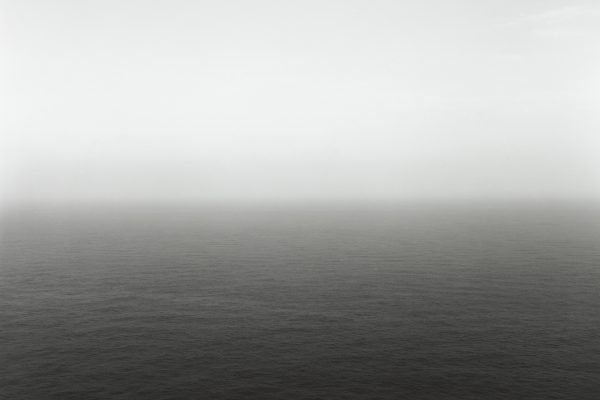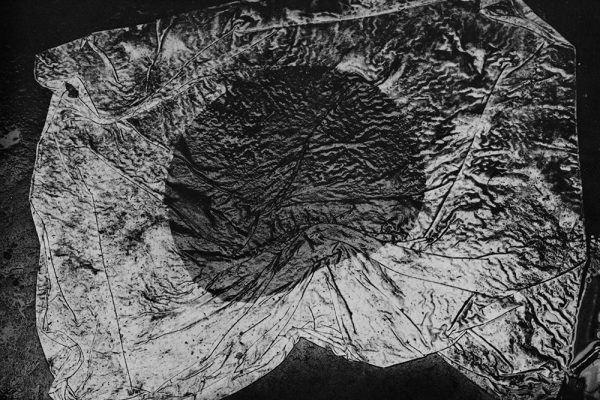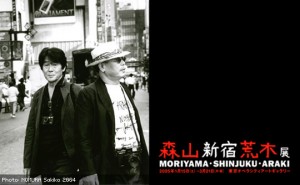It’s not the first time that I am mentioning Rinko Kawauchi in my blog, but this has a special reason.
I think it was 2003 when Markus Schaden, my local photobook dealer showed me a small photobook by a Japanese women photographer whom I had not heard of at that time. It was “Utatane” (Siesta) by Rinko Kawauchi. “Utatane” caught my attention immediately, since her photography was so much different to any photographer of her generation.”Utatane” is included in vol. 2 of “The Photobook: A History” by Martin Parr and Gerry Badger. See my previous post.

Rinko Kawauchi: Untitled (from the series “Aila”), 2003
Rinko Kawauchi had her first exhibition at the end 1990s only a few years after a new – not to say the first – generation of women photographer had emerged in Japan. Before the mid-1990s, the Japanese photography scene was completely male dominated, but this changed almost over night when the first onna no ko shashinka (girly photographers) entered the scene. Those onna no ko shashinka mostly did a kind of subjective documentary photography influenced by Nan Goldin and Nobuyoshi Araki. These women, amongst them most famous Hiromix and Yurie Nagashima, talked mainly about their own lives. With their spontaneous and direct and dairy like style the young photographers opened a new narrative in the Japanese photography, but soon they reached their own limitations, because of their self centred approach on reality.
Continue reading →













